HooDooHex
I love chainmail.
I think I enjoy it because it's a process-oriented art. The goal (usually) isn't a figure, a picture, an allegory; the glory of chainmail is someone going "wait you put how many rings together?" and marveling at the pattern you can create with a few hundred identical round things.
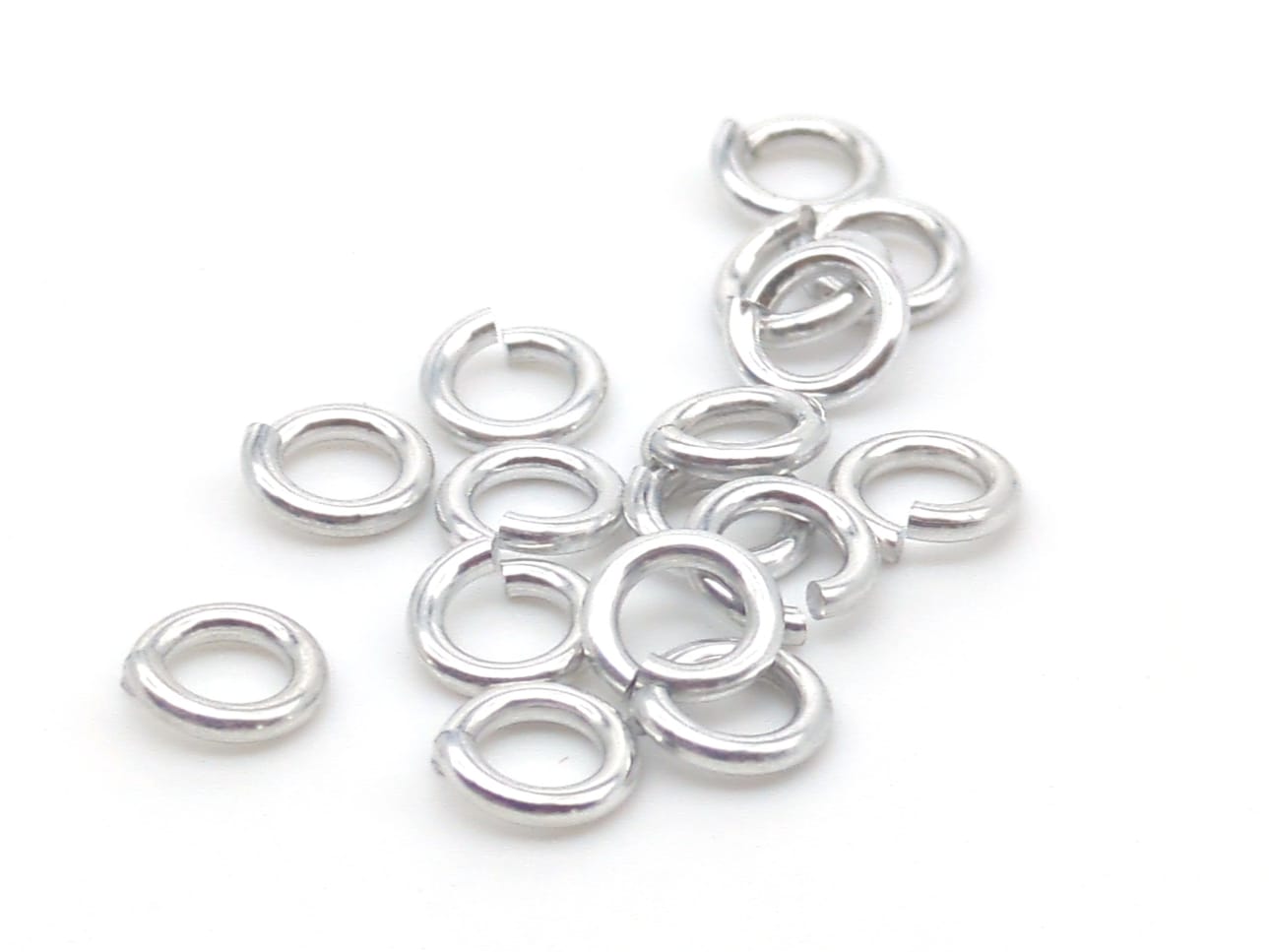
I want to introduce you to HooDoo Hex sheet. It might be my favorite chainmail weave.
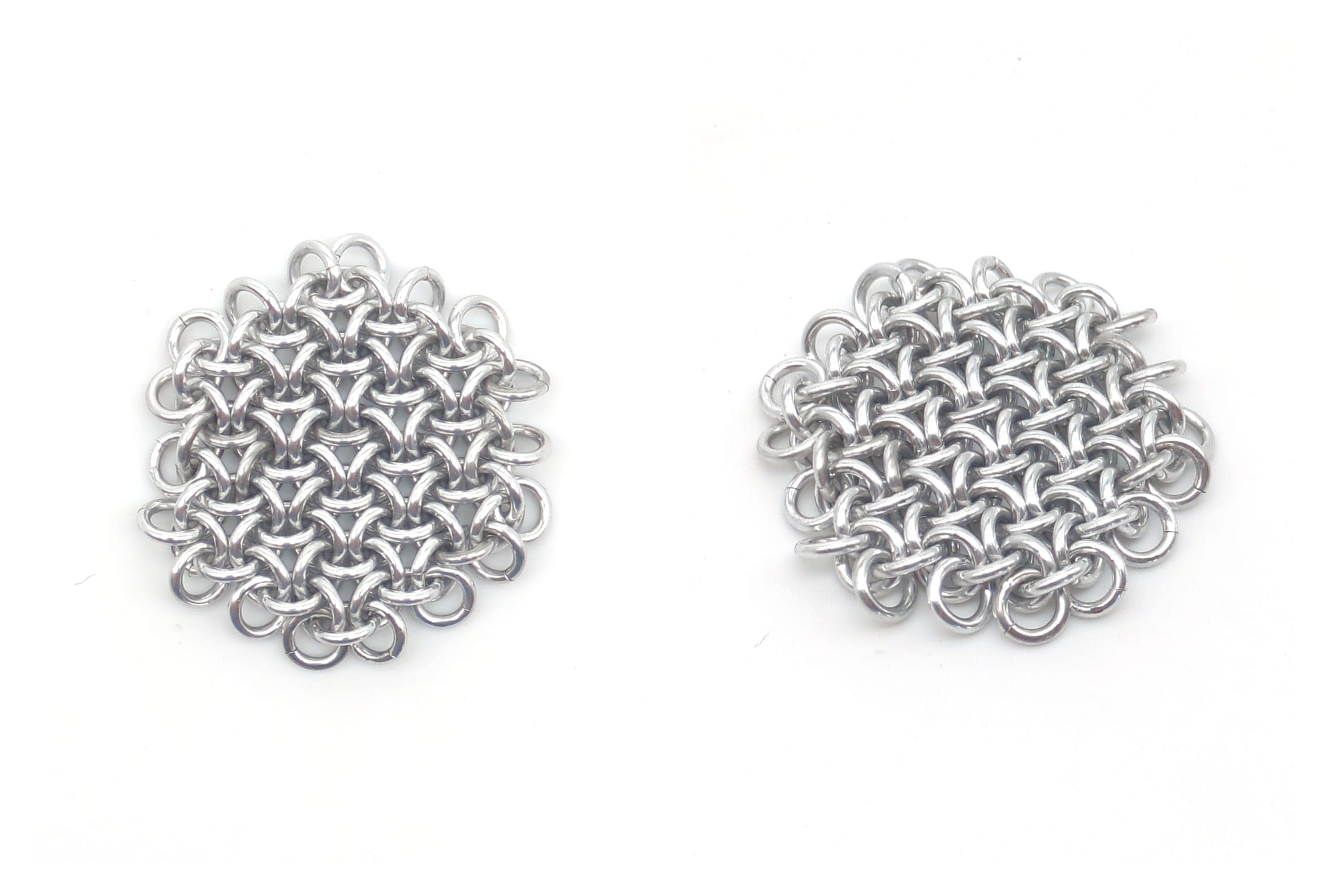
HooDoo Hex creates a web of interlocking hexagons. This weave is a sheet, which means it can expand forever on any side. Normally this patterns needs a very 'fat' ring where the inside diameter of the ring is only about three times the thickness of the metal. The ratio of inside diameter to wire thickness is called Aspect Ratio, or AR. If the AR of the rings is too large, the rings twist and slide past each other and the pattern becomes unrecognizable.
Unless you start filling that space with something else.

HooDoo Hex sheet allows you to capture beads. Chainmail captures are magical, because they don't require any adhesion. No glue, no soldering, they just rely on friction and geometry to hold everything together. Using beads of exactly the right size is necessary to ensure they fit, but don't fall out.
If you add a little insurance, by way of a cable down the middle, you can even take a few of the rings out.
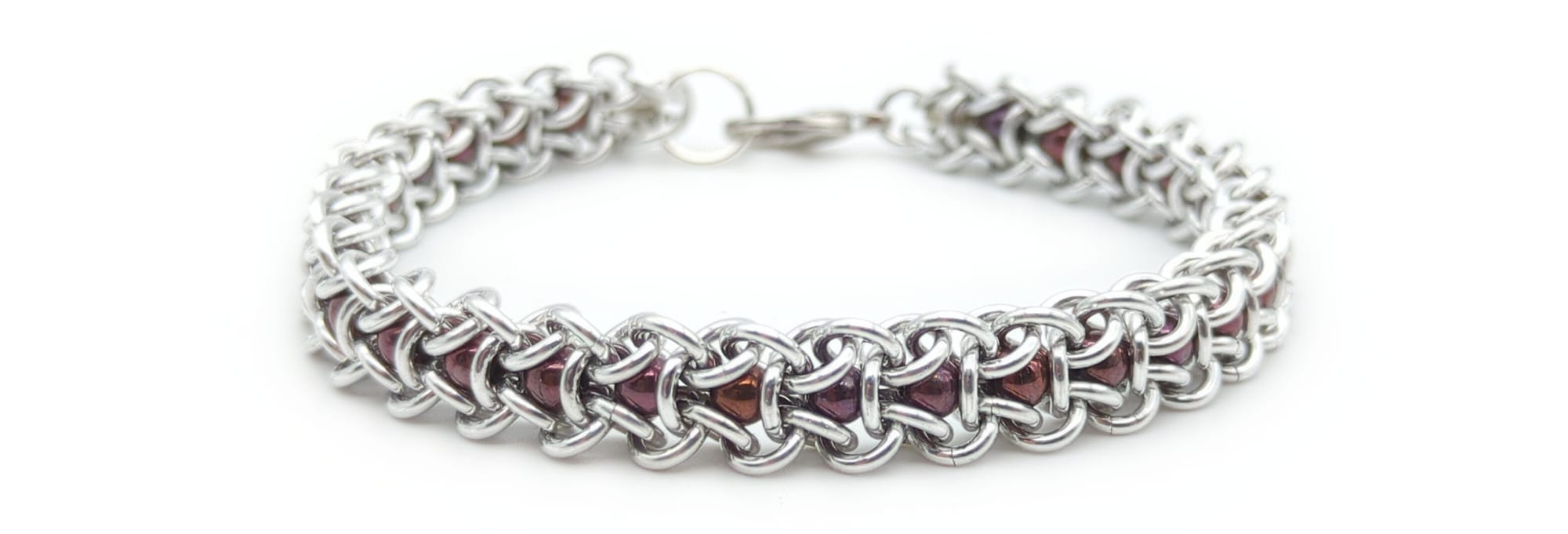
However, if there is one thing we know about me, its that I like fiddly things.
And I can solder. Which means I'm not limited to bead captures.
So I tried replacing one bead with a silver tube set with a gemstone.
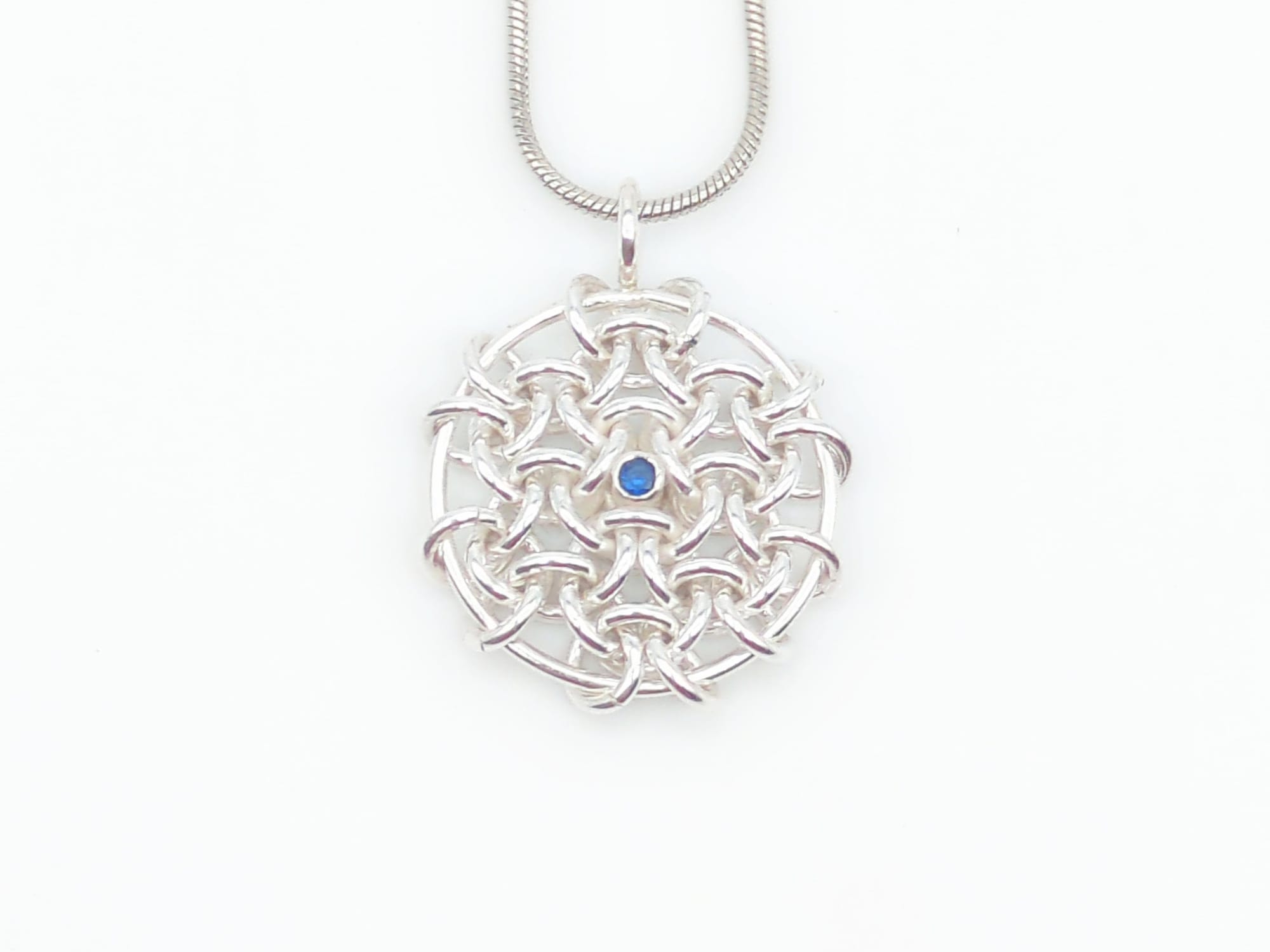
The tube is soldered to the 6 rings of the central hexagon, but the rest of the rings are still free to move, so this has a nice flexibility to it. You can see how the tube setting pushes the central rings further apart compared with how they sit in the other hexagons. The weave didn't support multiple tubes of this size next to each other - there was no space.
But I have smaller tubes and smaller rocks!

Because so many of the rings are attached to tube settings, this version is very rigid. It doesn't have any of the flex that this chainmail pattern normally has. Maintaining some fabric-like draping requires skipping some hexagons so that the rings can move freely.

Remember that HooDoo Hex is a sheet and can be expanded in all directions? I haven't made a full bracelet (yet) but I did stop to consider what this bracelet would look like with extra width.
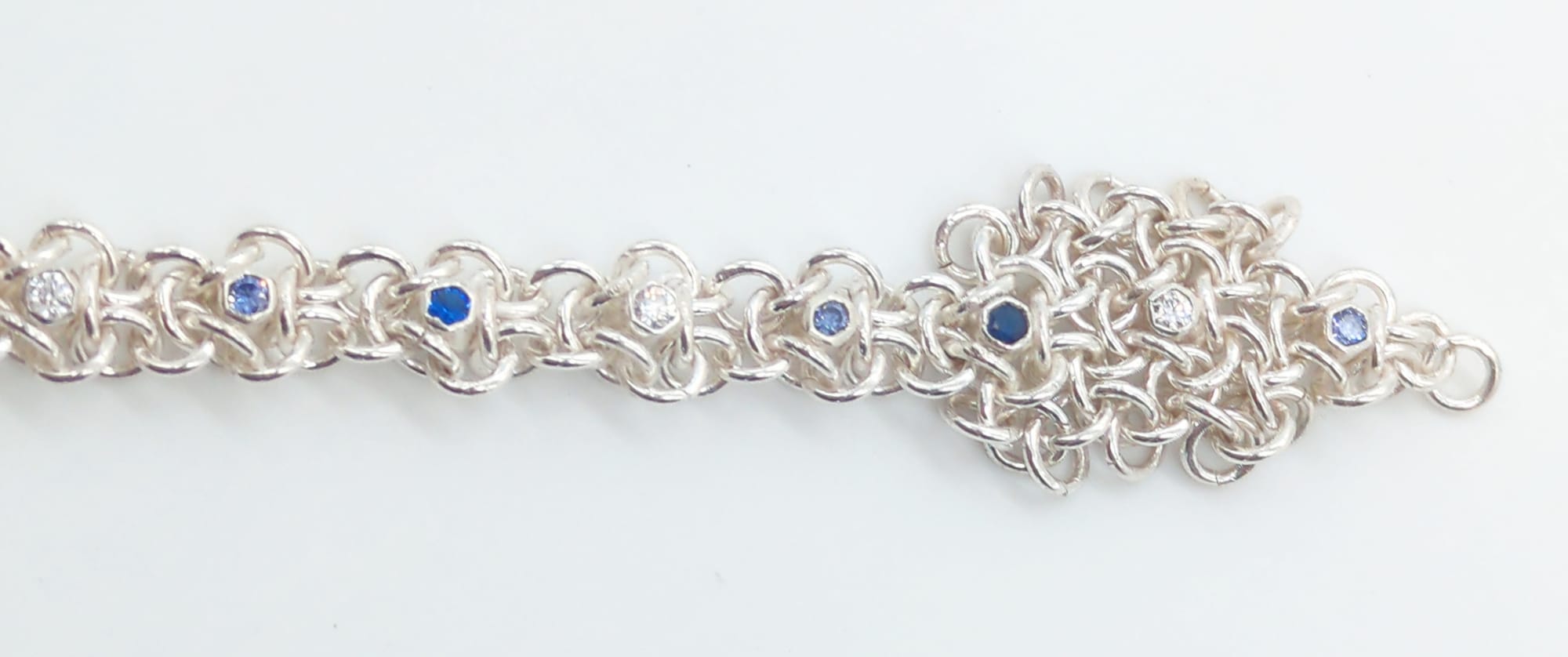
All of this made possible by a pile of rings and a single chainmail pattern!
I am planning additional experiments (and earrings!) and I'd be interested in any questions or suggestions you may have!
